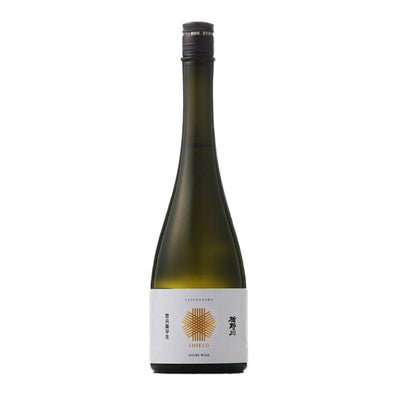The Best Selling Sake in June Was Kizakura Yamahai! Learn the History of Yamahai Brewing Technique
A fantastically affordable sake for drinking every day, Kizakura Yamahai Jikomi is a staple in Japanese restaurants, and for good reason. It is a mellow and soft sake, that develops different characteristics at different temperatures, allowing you to explore your own palate. As the name suggests, this sake is made with Yamahai fermentation technique which has quite an interesting history.
Sake was traditionally brewed with a method called Kimoto, which required mashing rice and koji into a puree using wooden oars in order to accelerate the saccharification (sugar conversion) process. This had to be carried out during the late night to early morning hours in the cold winters, making it an extremely laborious task for the brewery workers. This mashing activity is known as yamaoroshi, which literally meaning "knocking the mountain down".

Yamaoroshi
However this all changed when in 1909 Kinichiro Kagi, a prominent researcher at the National Institute for Brewing Studies, discovered that the famous oar mashing step of kimoto could be skipped entirely and the rice would dissolve on its own with similar results. The key was to keep the temperature slightly warmer and add a little bit more water. Since yamaoroshi was ceased (haishi), it was called yamaoroshi haishi, and then shortened to simply yamahai.
Today, most of sake is produced with an even more evolved process, called sokujo in which a bit of lactic acid is added in the beginning, while kimoto and yamahai uses the power of natural lactic acid bacteria. While sokujo method is faster and easier and leads to a cleaner flavor, the slow fermentation Yamahai process produces richer, deeper, significantly more pronounced flavors.
Kizakura Yamahai Jikomi is a best seller for a reason - it is a sake that shows the best characteristics of Yamahai brewing tecnique!
















Leave a comment